Review: Sonim XP Strike for Sprint
Menus
The Strike uses Sprint's age-old feature phone platform. The user interface has been spruced up a bit with new graphics and animations, but the underlying architecture holding everything up is the same.
The home screen provides access to the menu and contacts apps via the soft keys. If you want to get at the main menu, you can also press the center of the d-pad. The main menu is a 12-icon grid. It cannot be customized in any way. The 12 icons don't offer any surprises and are composed of the requisite mixture of phone tools and Sprint service offerings. Once you move deeper into the menu system, the default view of the menus switches to an endless array of lists and folders.
It may look nicer than the UI on older PTT devices like the Kyocera DuraMAX, but it is not as functional. For example, when in the main menu, pressing the number keys doesn't not open the corresponding app/folder. On most feature phones pressing the "1" opens the app/folder in the upper left corner of the screen. Pressing the "2" opens the app in the top middle, and pressing the "3" opens the app in the upper right corner. This basic navigation feature that's been on phones for 10 years is not available on the Strike.
The Strike doesn't allow for much customization out of the box, either. You can adjust the home screen wallpaper, set ringer profiles, and download more wallpapers and tones from Sprint's content store. You can also set shortcuts that work from the home screen (left opens messaging, down opens browser, etc.). But you can't change the font, you can't change the theme or color scheme of the UI, and other similar things offered by other feature phones.
PTT
Once you've configured the handset for PTT services and added some DirectConnect contacts (a necessary step), reaching out to them is a breeze. The user interface for initiating calls and setting up chats is easy enough to figure out. Anyone used to a Sprint walkie-talkie phone will feel right at home with the controls offered by the Strike.
Calls/Contacts
Otherwise, the Strike doesn't offer any surprises in the phone call department. Press the green send key to get at a list of all your calls. The in-call options range from the typical phone book access to 3-way calls. You can also set up to 98 speed dials on the physical keypad if you wish.
The contacts applications is simple and straightforward. From the contact list, the left soft key automatically initiates a text message. The phone holds up to 1000 contacts, and each can carry several phone numbers, email addresses, and other data.
Messaging
A smartphone the Strike is not. The text messaging app is basic at best. There are 20 pre-loaded messages, as well as an easy way to insert web shortcuts, such as "http://", "www", or ".com". You can also control the behavior of the predictive text software and add custom words to the phone's dictionary. Thankfully, messages are threaded into conversations.
There are no email nor IM clients on the Strike. I couldn't find any in Sprint's app store, either. The Strike is limited to text messaging.
Social networks can only be accessed via the browser.
By way of comparison, many of Sprint's other rugged PTT devices do have access to email and IM. Why they aren't available on the Strike is a puzzler to me.


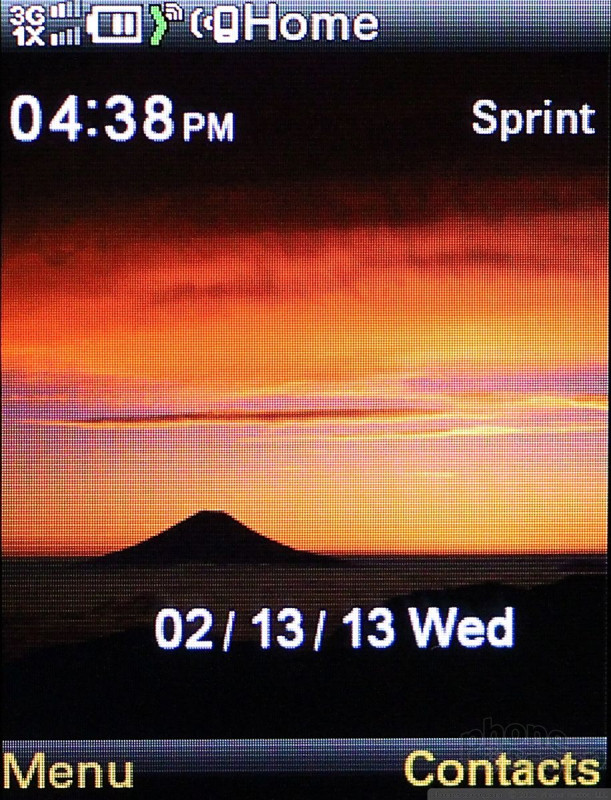



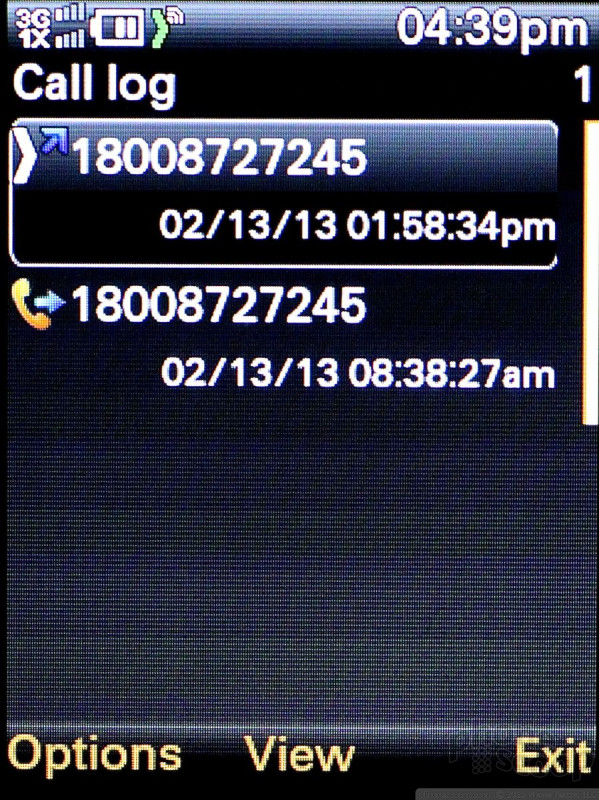





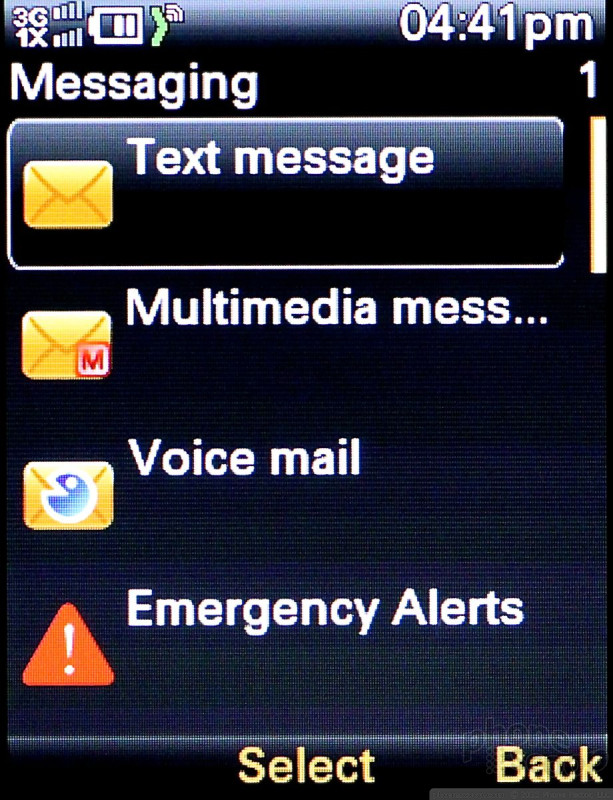



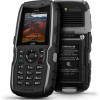 Sprint Intros Intrinsically Safe Phone
Sprint Intros Intrinsically Safe Phone
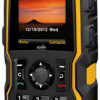 Sprint Strikes First, Strikes Hard with Rugged Sonim Phone
Sprint Strikes First, Strikes Hard with Rugged Sonim Phone
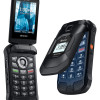 Kyocera Brings a Rugged Flip Phone to FirstNet
Kyocera Brings a Rugged Flip Phone to FirstNet
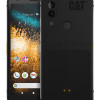 T-Mobile Picks Up Rugged CAT S62
T-Mobile Picks Up Rugged CAT S62
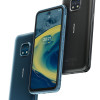 Nokia Intros Rugged Phone, Brings it to US
Nokia Intros Rugged Phone, Brings it to US
 Sonim XP Strike
Sonim XP Strike



